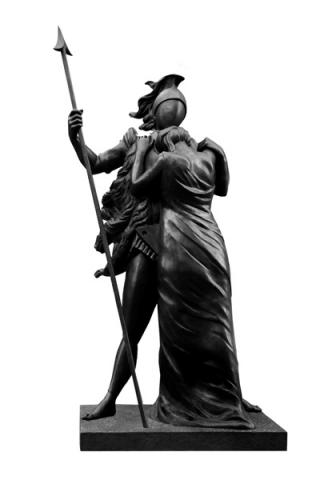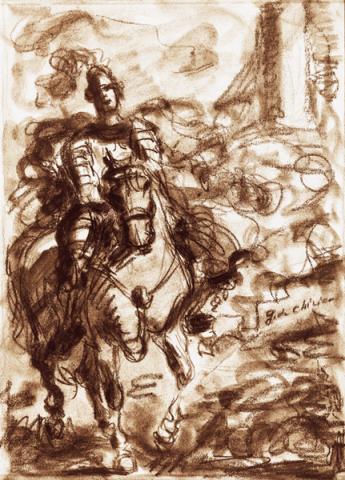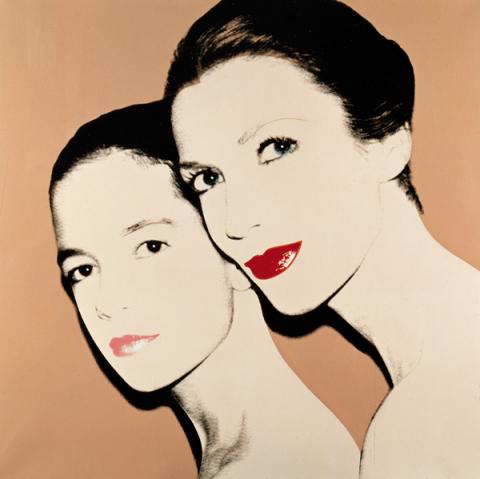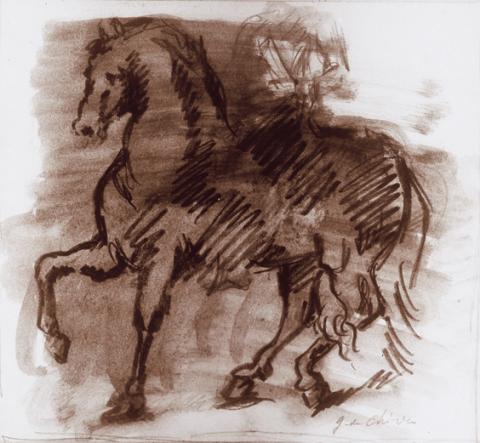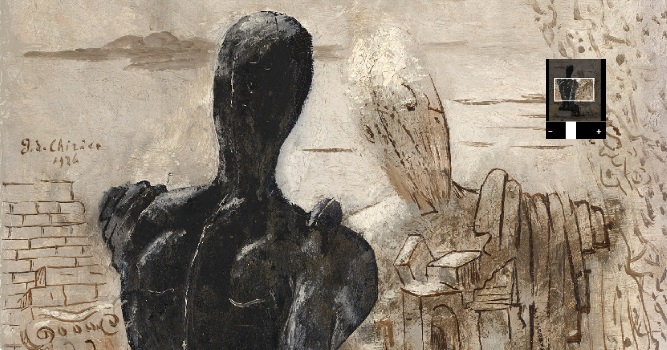Introductory panel
Damien Hirst David Salle Jenny Saville. The Bilotti Chapel
In the Warhol Museum in Pittsburgh an architectural model accompanied by the label "The Bilotti Chapel, 1984" is on display. It refers to a project, never realised, for a chapel commissioned by Carlo Bilotti, to be built in Florida. Later, on the suggestion of Warhol himself, he considered building it on the top of one of the hills around the city of Cosenza. Bilotti had in mind the Rothko Chapel, built in Houston, in 1971, by Philip Johnson and Mark Rothko, which is modelled on the Pantheon in Rome (on a reduced scale) with natural light coming just from the high centre; an intimate sanctuary, a place of meditation on existence on this earth and beyond, open to people of any creed. After Warhol’s death the project was abandoned, but Bilotti kept hold of the idea of art as a place of meditation, and recently commissioned from Damien Hirst, David Salle and Jenny Saville works that would give shape to his question of transcendence. Carlo Bilotti suggested a common theme to the three artists, asking them to imagine a place more mental than physical, a space with which their works would be able to interact. Naturally the three artists reacted in different ways, maintaining their own autonomy and individuality. Damien Hirst takes on the theme of the Four Evangelists with an intellectual-symbolist (neoconceptual) approach , David Salle refers to the frescoes of the Sistine Chapel, transposing them into a modern key and Jenny Saville identifies in the theme of illness that of expiation, a reflection on human suffering, regardless of its nature. Damien Hirst’s works have recently been displayed in London and Palm Beach, those of David Salle and Jenny Saville are presented here for the first time.


























